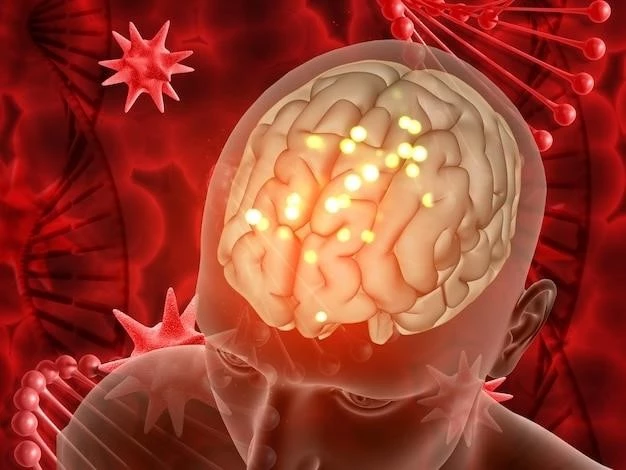Xanthomatosis cerebrotendinous is characterized by abnormal storage of fats in the body, affecting the tendons and leading to varying clinical manifestations.
Xanthomatosis cerebrotendinous results from an autosomal recessive disorder causing abnormal storage of fats, particularly in the tendons, leading to various clinical manifestations. The condition is associated with mutations in the CYP27A1 gene, affecting the enzyme sterol 27-hydroxylase and impacting bile acid synthesis.
Definition and Characteristics
Cerebrotendinous xanthomatosis is a rare autosomal recessive disorder leading to abnormal fat storage, particularly high levels of cholestanol in various body tissues.
Cerebrotendinous xanthomatosis is a rare genetic disorder inherited in an autosomal recessive manner. Mutations in the CYP27A1 gene lead to a deficiency in sterol 27-hydroxylase, impacting bile acid synthesis and cholesterol metabolism.
Autosomal Recessive Inheritance
Xanthomatosis cerebrotendinous is a genetic disorder inherited in an autosomal recessive pattern, primarily linked to mutations in the CYP27A1 gene.
Triad of Progressive Neurodegeneration, Juvenile Cataracts, and Tendon Xanthomas
Cerebrotendinous xanthomatosis presents a triad of symptoms including progressive neurodegeneration, juvenile cataracts, and tendon xanthomas, each impacting various aspects of the body’s functions.

Diagnosis and Management of Xanthomatosis Cerebrotendinous
Cerebrotendinous xanthomatosis is diagnosed through genetic testing and clinical evaluation of symptoms. Management includes dietary adjustments and medical intervention.
Diagnostic Testing and Biomarkers
Diagnosing xanthomatosis cerebrotendinous involves genetic testing to identify mutations in the CYP27A1 gene. Biomarkers like cholestanol levels aid in the diagnosis and monitoring of the disease.
Treatment Options for Xanthomatosis Cerebrotendinous
Management of cerebrotendinous xanthomatosis includes dietary modifications and pharmacological interventions to address the storage of fats and alleviate associated symptoms.
Therapeutic Approaches and Interventions
Therapeutic approaches for xanthomatosis cerebrotendinous include dietary adjustments to manage fat metabolism and medications to prevent the buildup of cholesterol. Interventions focus on alleviating symptoms and improving quality of life for affected individuals.

Research and Future Perspectives on Xanthomatosis Cerebrotendinous
Ongoing research on cerebrotendinous xanthomatosis focuses on understanding the pathogenesis, improving diagnostic methods, and developing novel treatment strategies for better management of the disease.
Advancements in Understanding and Treating the Disease
Recent advances in research have improved the understanding of cerebrotendinous xanthomatosis, leading to enhanced diagnostic methods and innovative therapeutic approaches that aim to address the underlying metabolic abnormalities and alleviate symptoms associated with the disease.
